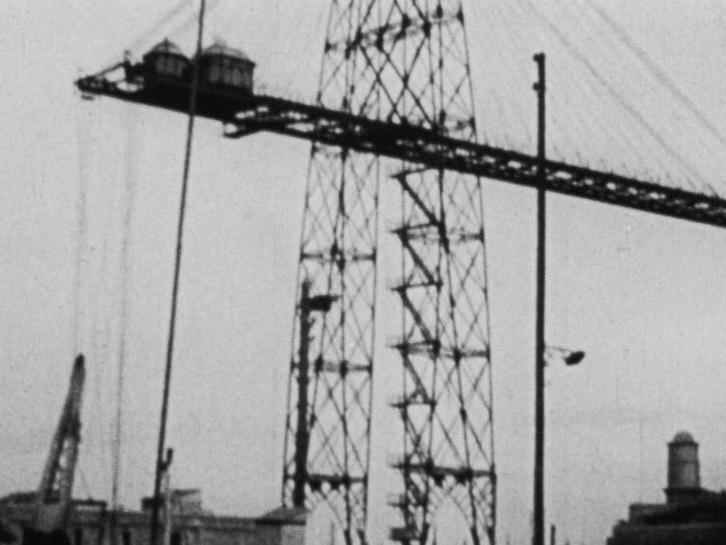
László Moholy-Nagy tests the medium's potential in this portrait of France's largest and most populous port city, Marseille.
"I had a limited amount of material (300 meters) and thought it useless to try to present such a huge city in so few meters of film. So I consciously chose a small section of this huge city, in particular a part that was unknown, because of its sad social conditions, its poverty, and its dangerous streets, the Vieux port."
László Moholy-Nagy1
“Opening with an image of a Marseille street map in which the Vieux port part is cut out by a pair of scissors, Moholy-Nagy’s Marseille film—an example of “semi-social reportage,” as he put it—is the perfect synthesis of constructivism and social realism. In so doing, it is a key film marking the documentary turn of the Constructivist avant-garde in the late 1920s and early 1930s.”
Steven Jacobs2
“The famous transporter bridge shines in the middle of the landscape. It comes and goes tirelessly from one bank to the other. Foreigners admire its beauty. This suspended bridge is really a technical miracle of exceptionnal precision and finesse. The elegant construction, with steel bars supporting the movable bridge, offers an attractive show every time we have the pleasure of seeing the platform filled with men leaving for the other side, above the water, balancing and swaying softly.”
László Moholy-Nagy
- 1László Moholy-Nagy, “New Film Experiments,” originally published in Korunk
3 (1933), included in Krisztina Passuth, Moholy-Nagy (London: Thames and
Hudson, 1985), 319–23.
- 2Steven Jacobs, "Impressionen vom alten Marseiller Hafen (Vieux Port)," The city symphony phenomenon : cinema, art, and urban modernity between the wars (New York: Routledge, 2019), 243.

